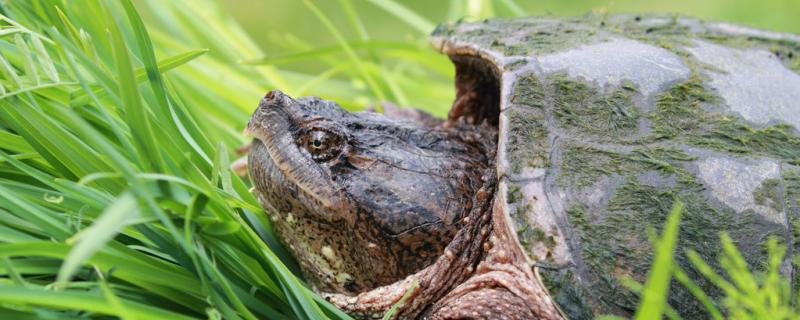 Is
Is . Cold-blooded animals, also called poikilotherms, are included in this phylum with the exception of birds and mammals. Although they do not have a constant body temperature and are greatly limited by the environment, they can use the nutrients they take for growth because they need less energy to maintain a constant temperature. It is worth mentioning that in order to combat environmental changes, they often have the habit of hibernation or aestivation.
of cold-blooded animals? 1. Changes in body temperature: The biggest characteristic of cold-blooded animals is that their body temperature changes with the environment. When the outside temperature rises, their body temperature will rise, and their metabolic rate will also rise. When the temperature drops, their body temperature and metabolic rate will also drop back. Because of this, they tend to leave unfavorable environments.
2. Activity time: As mentioned above, the activity of cold-blooded animals is restricted by temperature, so they usually move during the day, when the sun rises their body temperature, they can move, and usually rest at night. However, fish, which belong to poikilotherms, live in water, so the outside temperature does not change too much, so there are also nocturnal species.
3. Hibernation and aestivation: Many cold-blooded animals will hibernate or aestivate, such as turtles, snakes, frogs and so on, which will enter hibernation in winter, while sand lizards and lungfish living in tropical areas will aestivate. This is how they combat extreme temperatures, thereby reducing their own consumption.